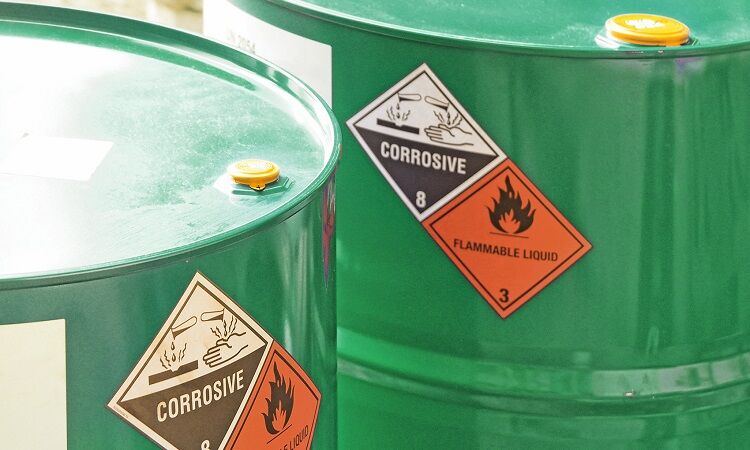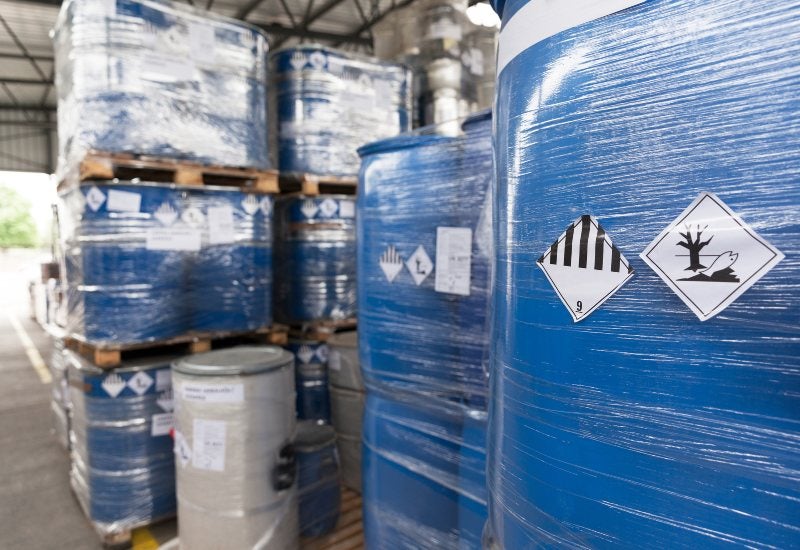Leading Industrial Wastewater Treatment Solutions: Making Sure Conformity and Efficiency
Leading Industrial Wastewater Treatment Solutions: Making Sure Conformity and Efficiency
Blog Article
Just How Fluid Waste Disposal Works: An In-depth Summary of Strategies and Technologies Employed

Review of Fluid Waste Types
The intricacy of liquid waste types requires a detailed understanding of their characteristics and effects for disposal. Fluid waste can generally be classified right into numerous types, consisting of commercial, metropolitan, farming, and unsafe waste. Each group displays unique buildings, calling for details monitoring methods to reduce environmental and health risks.
Industrial fluid waste stems from producing processes and typically includes a variety of impurities, such as heavy metals, solvents, and natural substances. Local liquid waste, primarily making up wastewater from families and industrial establishments, has raw material, nutrients, and virus (industrial wastewater treatment). Agricultural liquid waste, including drainage from farms, might have plant foods, chemicals, and animal waste, posturing dangers to water quality and ecosystems
Unsafe fluid waste is identified by its toxicity, reactivity, or prospective to create injury. Comprehending these diverse fluid waste types is crucial for developing efficient disposal approaches and ensuring conformity with ecological policies.
Physical Treatment Approaches

Screening is the initial action, where bigger fragments and debris are removed from the fluid waste utilizing screens or grates. In sedimentation tanks, heavier fragments clear up at the bottom, forming a sludge layer, while the made clear liquid can be further dealt with.
Purification is one more vital method that includes passing the liquid via permeable materials, such as sand or membrane layers, to catch smaller particles. This action enhances the top quality of the fluid, making it suitable for succeeding treatment procedures.

Chemical Treatment Methods
Chemical treatment strategies are vital for effectively handling liquid waste, particularly in attending to dissolved and colloidal pollutants that physical methods may not properly get rid of. These methods make use of various chemical representatives to neutralize, precipitate, or transform harmful substances into much less harmful types.
One usual technique is coagulation and flocculation, where chemicals such as alum or ferric chloride are contributed to promote the gathering of put on hold particles. This process boosts sedimentation, enabling less complicated elimination of the resulting sludge. In addition, oxidation procedures, utilizing agents like chlorine or ozone, are employed to damage down complicated organic substances and microorganisms, rendering the waste much safer for discharge or further therapy.
Neutralization is another crucial strategy, which changes the pH of acidic or alkaline waste streams to neutral levels, preventing potential damage to downstream systems and the setting. Moreover, advanced oxidation processes (AOPs) utilize mixes of oxidants and ultraviolet light to degrade persistent pollutants, attaining a higher degree of therapy performance.
Organic Treatment Processes
Biological therapy procedures play an important function in the management of liquid waste by using bacteria to disintegrate raw material and decrease pollutant levels. These processes can be extensively categorized into aerobic and anaerobic treatments, each employing details microbial areas to attain reliable waste destruction.
Aerobic treatment involves the use of oxygen to promote the failure of natural materials by germs. This process is typically implemented in activated sludge systems, where oygenation storage tanks provide a helpful setting for microbial development, resulting in the oxidation of organic toxins. The resultant biomass can be separated from dealt with effluent via sedimentation.
On the other hand, anaerobic treatment takes place in the lack of oxygen, relying on different germs to damage down natural matter. This approach is specifically beneficial for high-strength waste, as it creates biogas, a renewable resource resource, while decreasing sludge production. Technologies such as anaerobic digesters are regularly used in metropolitan and industrial applications.
Both anaerobic and cardio biological treatments not only decrease the environmental influence of liquid waste yet likewise assist in resource recuperation, making them necessary components of lasting waste management strategies. Their effectiveness, flexibility, and efficiency sustain their widespread application throughout different fields.
Arising Technologies in Disposal
Ingenious approaches to liquid garbage disposal are rapidly go to this website developing, driven by innovations in technology and an increasing focus on sustainability. Amongst these emerging technologies, membrane layer bioreactors (MBRs) have actually obtained traction for their capacity to incorporate organic treatment with membrane filtering, causing premium effluent that can be reused in different applications. MBRs allow smaller sized impacts and extra reliable procedures contrasted to traditional systems.
Another promising development is making use of anaerobic food digestion incorporated with nutrient recuperation modern technologies, which not only deals with fluid waste yet likewise generates biogas and recuperates beneficial nutrients like nitrogen and phosphorus. This twin benefit enhances source efficiency and minimizes ecological influence.
Additionally, advanced oxidation processes (AOPs) are being adopted for the degradation of complex natural pollutants. These approaches utilize look at more info powerful oxidants and catalysts to break down contaminants at the molecular level, using a highly efficient solution for tough waste streams.
Furthermore, the combination of expert system and device discovering in waste monitoring systems is optimizing operational effectiveness and predictive maintenance, resulting in decreased prices and boosted environmental compliance. These modern technologies reflect a significant shift towards even more efficient and lasting fluid garbage disposal practices.
Final Thought
To conclude, reliable fluid waste disposal necessitates a detailed understanding of numerous strategies and modern technologies. The integration of physical, you could try this out chemical, and organic therapy approaches makes sure the efficient administration of varied waste kinds. In addition, the development of cutting-edge innovations improves therapy efficiency and advertises sustainability in waste monitoring techniques. By continually progressing these approaches, it ends up being feasible to resolve the growing obstacles connected with fluid waste, eventually contributing to environmental management and resource recuperation.
Fluid waste disposal is an essential element of environmental monitoring, requiring a detailed understanding of various techniques and technologies customized to different waste kinds. Fluid waste can generally be categorized into a number of types, including commercial, local, agricultural, and dangerous waste. Agricultural liquid waste, including runoff from ranches, might include plant foods, chemicals, and pet waste, positioning dangers to water top quality and ecological communities.
Various physical therapy techniques play a crucial role in handling fluid waste successfully - industrial wastewater treatment.In final thought, efficient liquid waste disposal requires a detailed understanding of numerous methods and innovations
Report this page